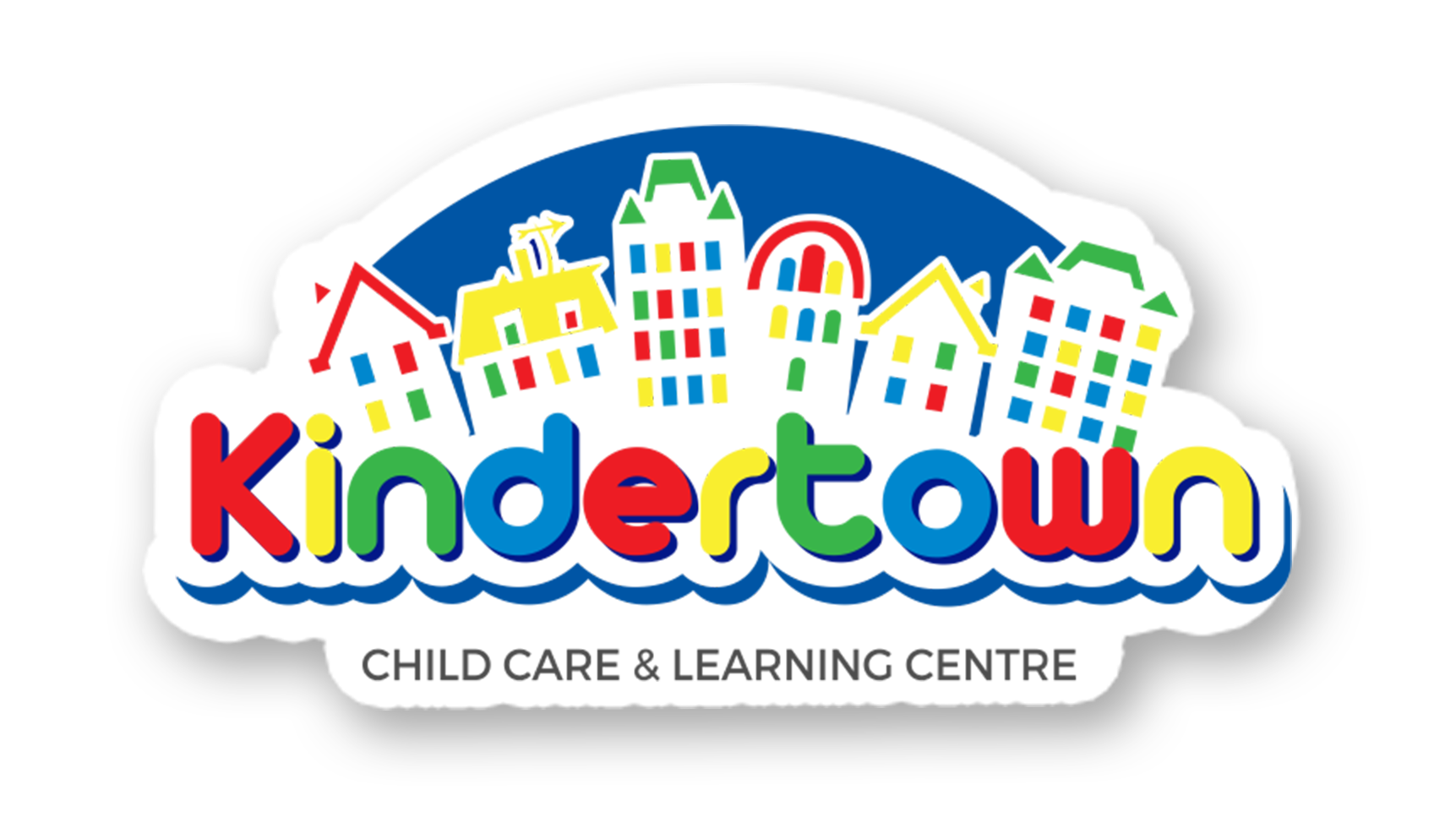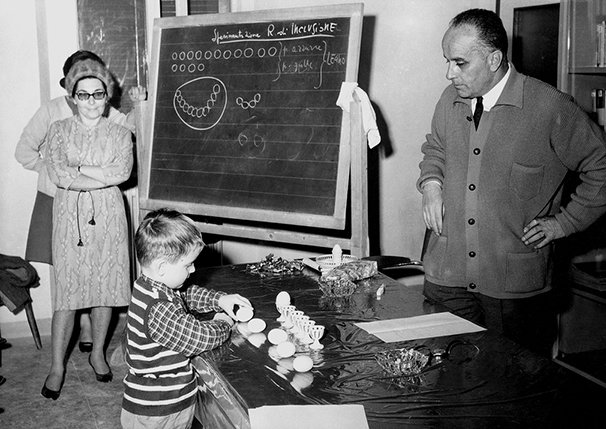Who is Loris Malaguzzi and “The Hundred Languages”
Loris Malaguzzi was an Italian educator and the founder of the Reggio Emilia approach to early childhood education. One of the key principles of this approach is the idea of "the hundred languages of children," which refers to the many ways in which children can express themselves and make sense of the world around them. Malaguzzi believed that children have not just one language, but a hundred, and that they should be encouraged to explore and express themselves through all of these languages.
The "hundred languages" include not only spoken languages, but also other modes of expression such as drawing, painting, sculpture, music, dance, drama, and storytelling. According to Malaguzzi, each of these languages is a powerful tool for learning and self-expression, and children should be given the opportunity to use them all in their learning and play.
Here is a more detailed description of some of the "languages" of the hundred languages of children, as described by Malaguzzi:
1. Drawing and painting: Children can use drawing and painting as a way to express their ideas and emotions, and to explore color, texture, and form.
2. Sculpture: Through sculpture, children can explore three-dimensional space and develop their spatial reasoning skills.
3. Music: Music provides a way for children to express themselves through sound, and to explore rhythm, melody, and harmony.
4. Dance: Dancing allows children to explore their bodies and to express themselves through movement.
5. Drama: Through drama, children can explore different roles and perspectives, and develop their imagination and empathy.
6. Storytelling: Storytelling allows children to explore language and narrative, and to develop their creativity and critical thinking skills.
7. Writing: Writing provides a way for children to express themselves through words, and to develop their literacy skills.
8. Poetry: Through poetry, children can explore language and emotion, and develop their creativity and self-expression.
9. Photography: Photography provides a way for children to explore the visual world and to express themselves through images.
10. Video: Through video, children can explore storytelling, visual communication, and media literacy.
These are just a few examples of the many languages that children can use to explore and express themselves. According to Malaguzzi, each of these languages is equally important and valuable, and children should be encouraged to use them all in their learning and play. By providing a rich and diverse learning environment that includes many different languages, educators can help children develop their full range of cognitive, social, and emotional skills.

